|
Students from the marine ichthyology college course, taught by Dr. Didier from Millersville University, took a morning trip out on the Flat Fish, one of the research vessels, in Queen Sound to go trawling in hopes of finding fish to identify and study. The first few trawls brought up mostly sea lettuce and invertebrates with few fish. However, as the day continued on, the class began to pull in more fish that they were able to identify. Their catches included a summer flounder, bay anchovy, mantis shrimp, stargazer, sea robin, black sea bass, burrfish, shrimp, squid, seahorse, and a clearnose skate. The students were excited about their finds, but one that stuck out the most was the clearnose skate. “I have never seen skates before. I’ve only seen stingrays, but with skates I don’t have to worry about getting barbed,” said Haley Wise, a student from East Stroudsburg University. Clearnose skates get their name because of their nose, or rostral ridge, that looks almost clear. They mostly eat shrimp, mollusks, crustaceans and small fish, and they are usually about 18 inches wide and 33 inches long. They are found in the Atlantic Ocean, ranging from Massachusetts to Florida, and they are also found in the Gulf of Mexico. These skates are often caught by recreational fishers because they are found close to the shore. Skates are in a group of fish called elasmobranchs. This group contains fish with cartilaginous skeletons, or bones, and five or more gill slits on each side of the head. These include sharks, sawfishes, rays, and skates. While a skate may look like a ray, skates have a larger dorsal fin compared to rays which sometimes do not have a dorsal fin. Rays have one or two stinging spines, whereas skates do not have spines at all. A ray will use its spine to protect itself from predators, but a skate will use thorny projections on its back and tail. Skates are oviparous, or egg laying, and rays are viviparous, or live bearing. In fact, you may have seen skate egg casings on the beach before. They are black and rectangular, and the eggs are located in the center. Some people refer to them as “mermaid’s purses.”
1 Comment
Gail Stewart
6/14/2018 10:33:04 am
Thanks for taking the time to share such scientifically accurate information about clearnose skates. I will share the post with my Biology 2 students in the Fall at Camden County College, NJ..
Reply
Leave a Reply. |
About
Everything you need to know about CBFS's educational programs, visiting Chincoteague Island, and more! Categories
All
Archives
January 2019
|
CHINCOTEAGUE BAY FIELD STATION | 34001 Mill Dam Road | Wallops Island, VA 23337 | (757) 824-5636 | [email protected]
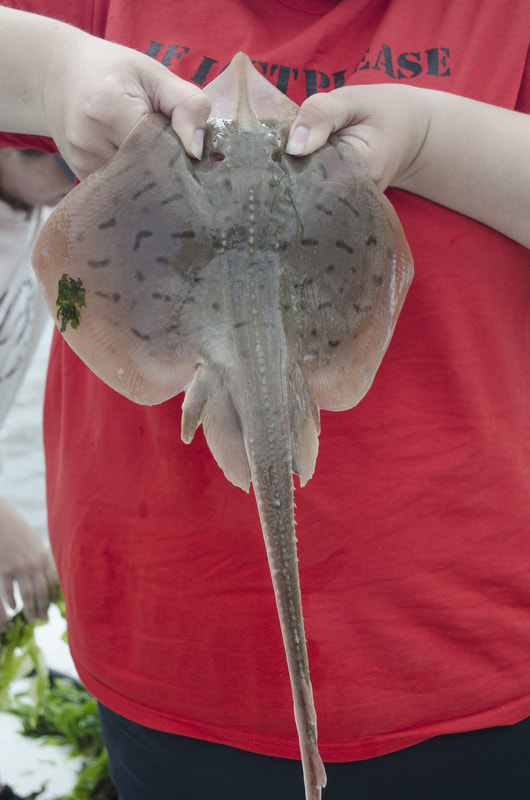
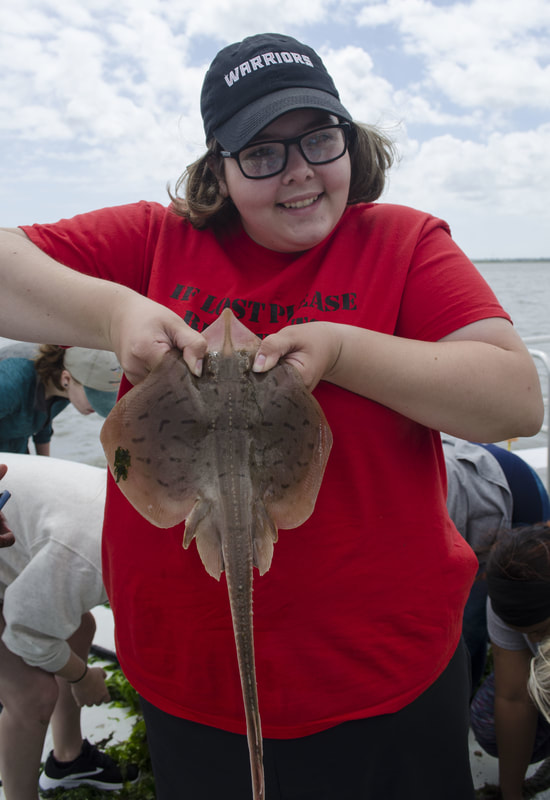
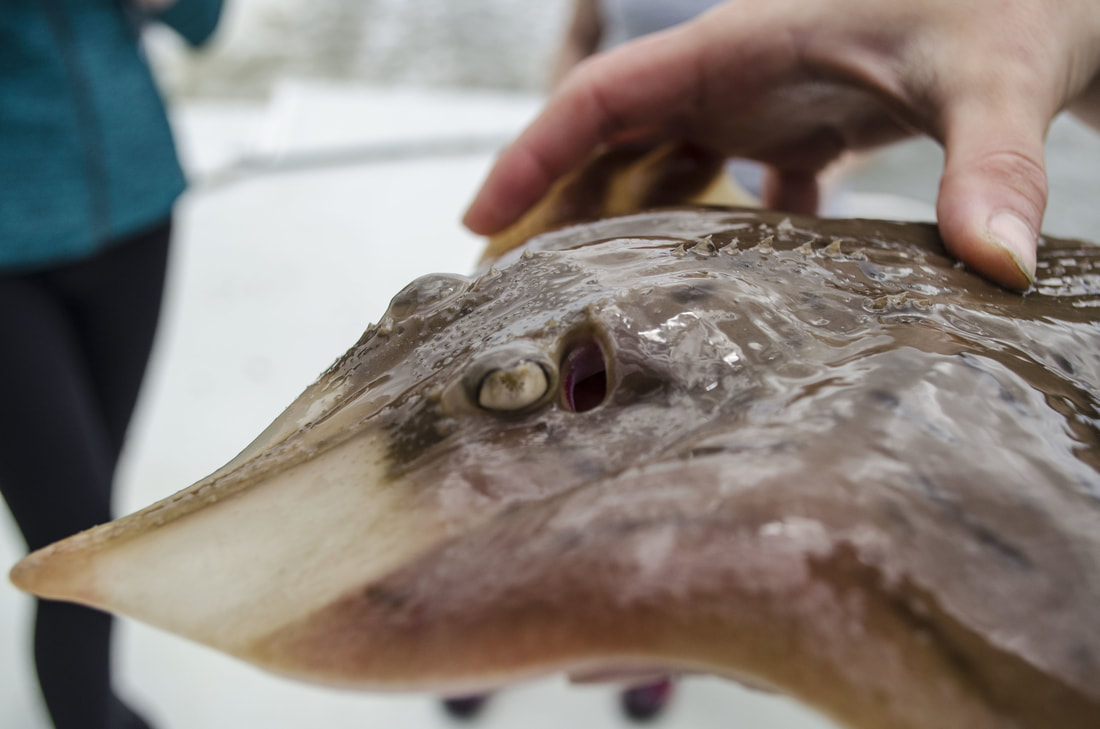
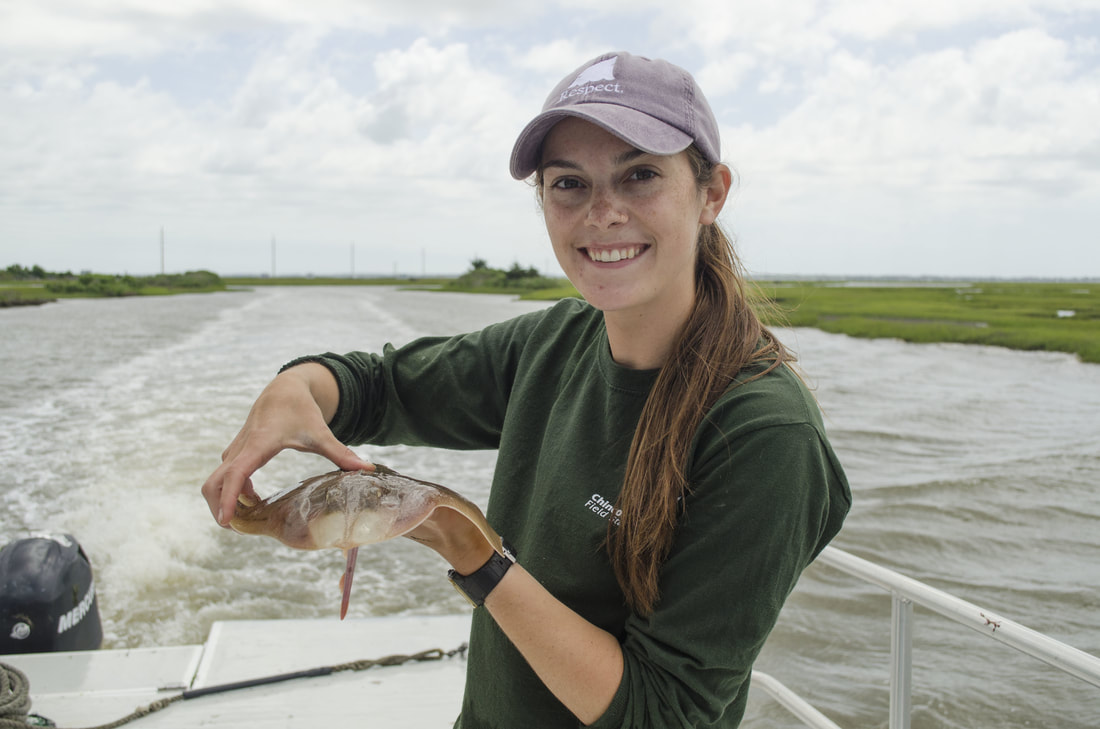
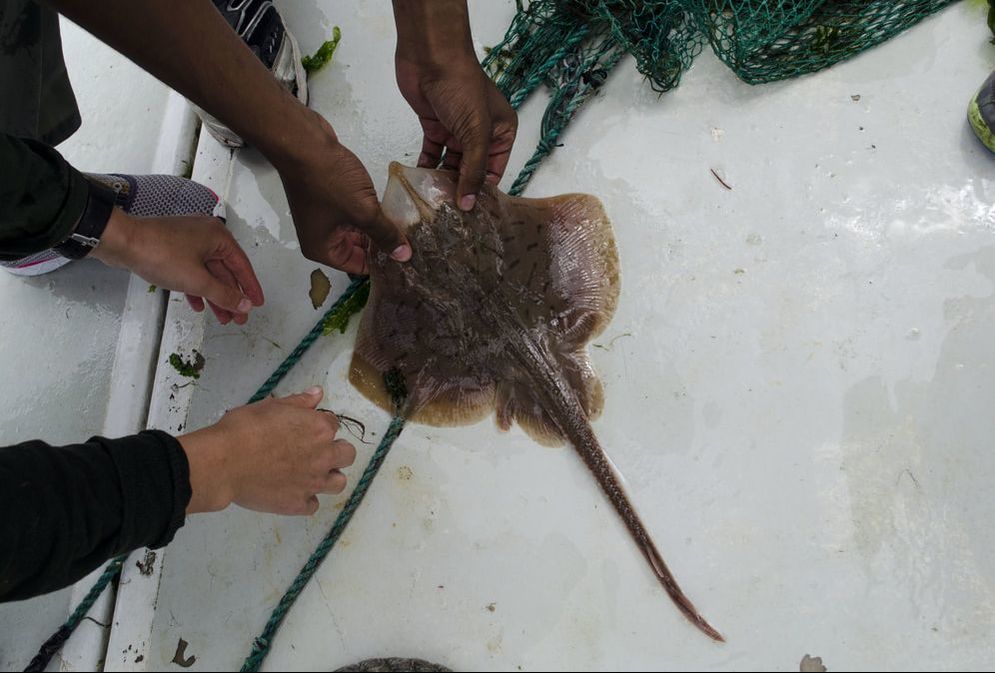
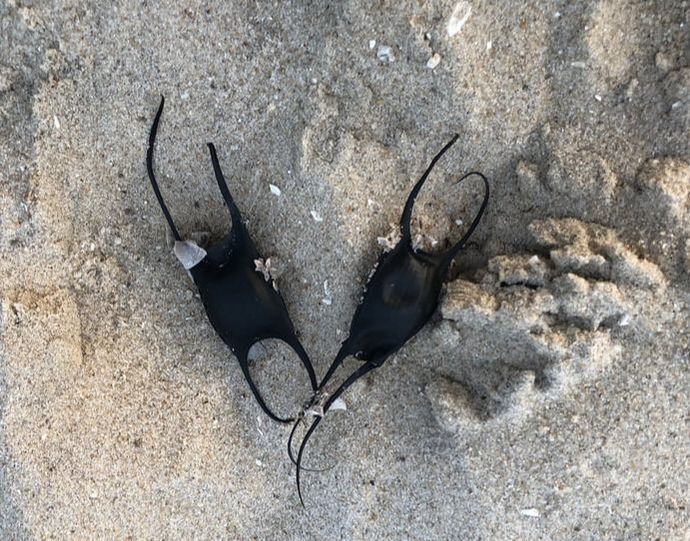
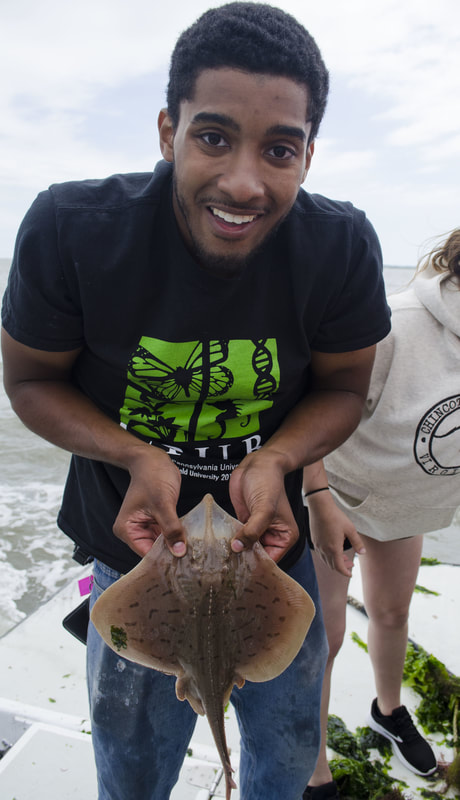
 RSS Feed
RSS Feed

